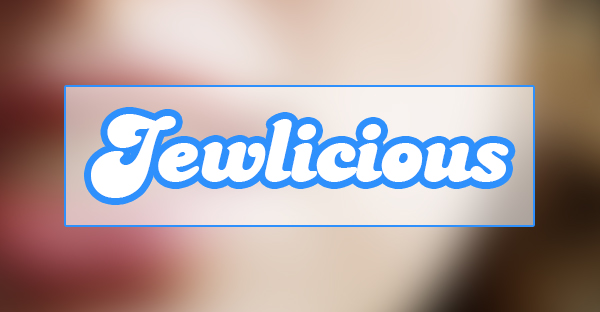

If you can rely on such a tradition, you will find that not only are locusts healthy and rich in protein, but they are a tasty and multifaceted snack, capable of being fried, grilled, boiled and roasted. For those of you interested, I’ll throw in a few recipes and for the rest of you, I guess be thankful that Israel was spared a makat arbeh.
I wish I could say these came from my Mom Brakha, but she would think I was nuts for even contemplating eating bugs… These recipes were compiled by Israel Insider.
Tinjiya (Tswana recipe): remove the wings and hindlegs of the locusts, and boil in a little water until soft. Add salt, if desired, and a little fat and fry until brown. Serve with cooked, dried mealies (corn).
Sikonyane (Swazi recipe): prepare embers and roast the whole locust on the embers. Remove head, wings, and legs, in other words, only the breast part is eaten. The South Sotho people use locusts especially as food for travellers. The heads and last joint of the hindlegs are broken off and the rest laid on the coals to roast. The roasted locusts are ground on a grinding stone to a fine powder. This powder can be kept for long periods of time and is taken along on a journey. Dried locusts are also prepared for the winter months. The legs, when dried, are especially relished for their pleasant taste.
Cambodia: take several dozen locust adults, preferably females, slit the abdomen lengthwise and stuff a peanut inside. Then lightly grill the locusts in a wok or hot frying pan, adding a little oil and salt to taste. Be careful not to overcook or burn them.
Barbecue (grilled): prepare the embers or charcoal. Place about one dozen locusts on a skewer, stabbing each through the centre of the abdomen. If you only want to eat the abdomen, then you may want to take off the legs or wings either before or after cooking. Several skewers of locusts may be required for each person. Place the skewers above the hot embers and grill while turning continuously to avoid burning the locusts until they become golden brown.
- Hawk Tuah Girl Haliey Welch is Not Jewish. Probably. - 8/9/2024
- Jews Blessed by their High Priests - 10/14/2022
- Foolproof Mufletta Recipe & Muflettapalooza / Mimouna Invite! - 3/26/2021






How about a Japanese locust recipe (aka “inago no tsukudani”)?
Get a bowl full of dried locust. Boil it in hot water. You do not
have to remove the wings or feet. They give extra crunch.
Add some soy sauce and sugar to taste. Cook until the sauce
is thick. Serve the stewed locust over rice. This is a geniune
recipe still enjoyed in Japan.
The OU had a kashrut seminar in the spring that covered the mesorah of exotic animals and insects. There was a life demonstration of grasshoppers, and a teimani jew was there to transmit his mesorah to all of us in attendance by giving his testimony on the simanim that they followed to identify kosher insects.
Why would anybody remove the head, it’s the best part.
The BBC covered this recent plague a couple nights ago. They referenced a few Thai workers in Israel who regarded locusts as a delicacy. They were happy for the swarm, as it gave them “a taste of home.”
Then again, prairie oyster is considered a delicacy on the great plains of Alberta… eww
great minds, eh? too bad locusts were not on the menu sat. night!
Yum, delicious locusts. Or, as my mother said when I showed her this blog entry: Swat. Crunch crunch. Gulp. Burp.
Marty, you’ll be pleased to know that locusts are indeed considered pareve. Now, as an ashkenazic Jew, you wouldn’t really be able to eat locusts unless you were in a region where the locals considered locusts kosher – then you would be allowed to eat them. So go find some morrocan or Algerian Jews, go to their house and eat away! Uh… but ask your Rabbi first as I am no Rabbi. Not even on the Internet …
Are Locusts considered Parve? Can you make chocolate covered locusts with Milk Chocolate? Or must you use Dark?